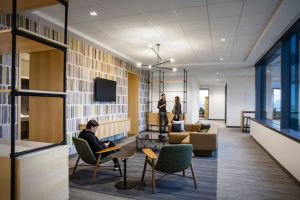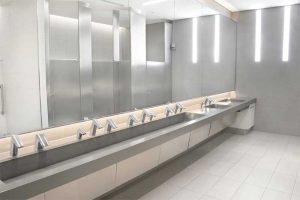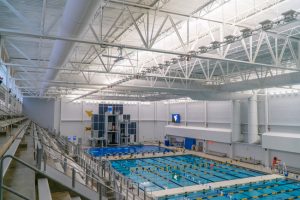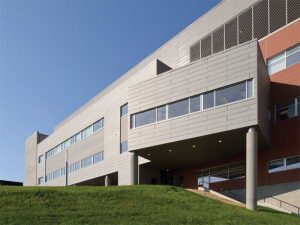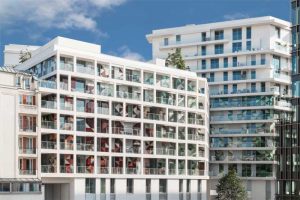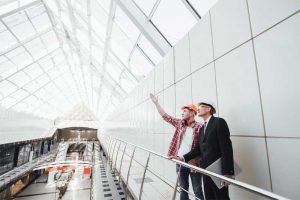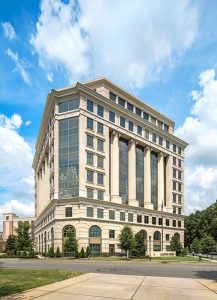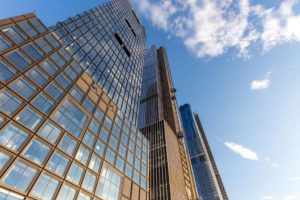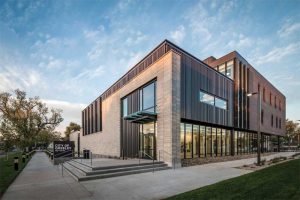Headquartered in Irving (Texas), oil and gas company Pioneer Natural Resources was ready for a new facility, but not a new hometown. The company decided a custom-designed, newly constructed building would best suit its business needs and forward-thinking corporate culture, while bringing together its North Texas employees in one...
+ Read More
|
Each project is unique, but there are some common mistakes, problems, and inefficiencies that occur on a regular basis, affecting the cost, schedule, or performance of building enclosures. Understanding material qualities and resultant performance is the core of good masonry construction.
+ Read More
|
With the COVID-19 pandemic creating a heightened sensitivity to proper hand sanitation, it is more important than ever to implement solutions that mitigate potential health risks in public environments. When one takes into account the fact thousands of users go in and out of public restrooms each day, ‘high-touch’...
+ Read More
|
The $48-million Aquatic Center at Mylan Park (ACMP), Morgantown, West Virginia, is a state-of-the-art indoor pool complex that stands as one of the country’s most advanced natatorium designs. The designers substituted metal duct with fabric to help cut HVAC material and labor costs and fast-track the project.
+ Read More
|
Metal can be formed into several shapes, sizes, colors, and textures to meet almost any aesthetic. If specified correctly, the assembly will last for the life of the building with very few issues. Three broad categories—composites, insulated metal panels (IMPs), and single-skin—of metal rainscreens are widely used.
+ Read More
|
The term rainscreen refers to a building system fulfilling one of the main functions of an exterior wall—to screen out rain and keep a wall dry. While at one time that system would have encompassed moisture control alone, the complexity of exterior wall assemblies now requires a more integrated...
+ Read More
|
Custom-designed sloped glazing and skylights have long brought a distinctive architectural statement to atriums and other features of commercial buildings. While the framing is essential for supporting the structure and resisting environmental loads, the selection and specification of the overhead glass is of the greatest importance due to the...
+ Read More
|
Inspired by classical pavilion architecture, using Doric Order and monumental half-round column design, Capitol Towers in Charlotte, North Carolina, is an iconic office building combining old-world Roman influence with high-performance glazing and modern energy efficiency. The ornate façade, designed by LS3P in Charlotte, showcases concrete pillars and a prominent...
+ Read More
|
Kohn Pederson Fox Associates designed the 55 Hudson Yards skyscraper in New York to incorporate both smooth and textured coatings on its metal curtain wall and window frames. The firm selected a customized black color for the powder coatings to reflect the industrial heritage of the building.
+ Read More
|
With the variety of cladding materials available today, and designers’ penchants to combine styles and textures, it is essential to specify building envelope controls that are compatible with multiple cladding types. This balancing act between aesthetic preferences and air and moisture management is where gypsum-integrated water-resistive barrier-air barrier (WRB-AB)...
+ Read More
|
|
|


